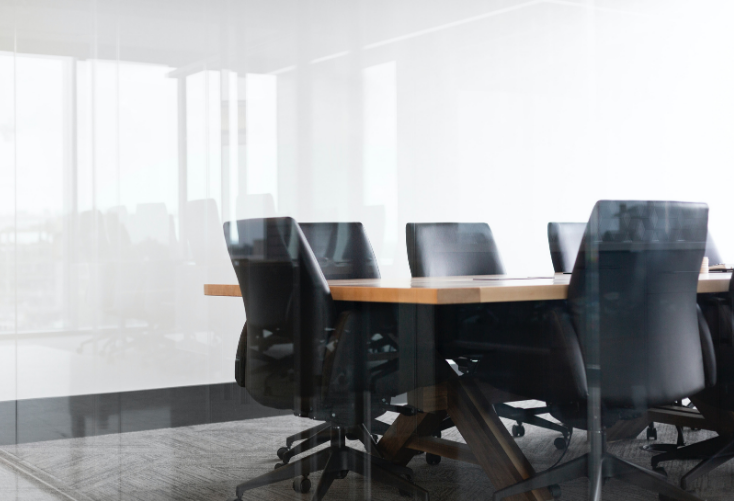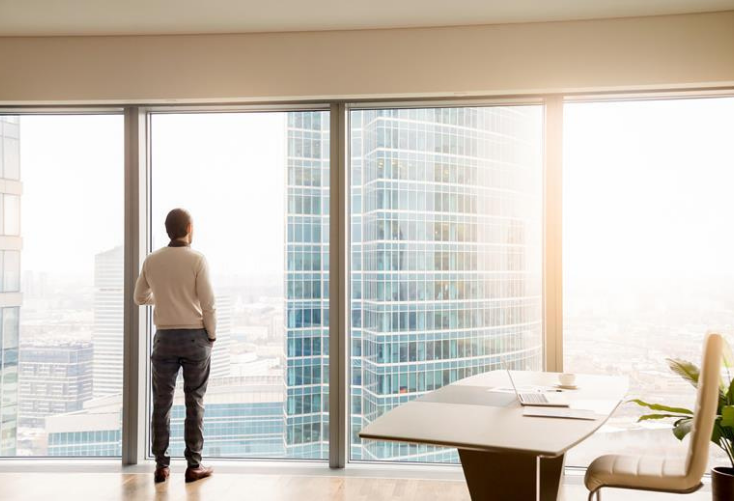Hand selected flexible workspace news from the most reliable sources to keep you ahead of the pack. We find all the latest news, so you don’t have to. Morning and afternoon updates. Stay in the know.
Here’s what you need to know today:
- Hiring For The Future Of The Workforce NEW
- Europe Sees A Flexible Office Spike NEW
- Preparing For A Post-pandemic Workspace
- The Shared Office Is Not Dead
- Strategies For The Future Of The Workplace
Hiring For The Future Of The Workforce
A recent Gallup poll revealed that 59% of US employees want to continue working from home “as much as possible” even once the pandemic has ended. This has led companies large and small to reevaluate their operational and hiring strategies to create a better employee experience moving forward.
Many have found that a hybrid working environment can meet the needs of those who do want to work from home, while also accommodation workers that want to come into the office for meetings and in-person collaboration.
Although this arrangement can open up countless opportunities for companies in the future, it will require business leaders to rethink their talent strategies.
Moving forward, current employees and prospects will need to have clear guidelines and expectations in relation to workplace arrangements. Allowing workers the freedom to choose when and where they work can help guarantee that they feel trusted in their positions. However, it is important to note that some workers may be required to come into the physical office depending on their position, such as facilities managers.
Additionally, when looking for new talent, it is important to first look at your current employees and what additional skills they could provide. A LinkedIn report found that 94% of HR professionals said hiring internally can help retain top talent.
Now that location is not a dealbreaker for many companies, hiring teams are able to expand their search for top talent. This not only offers more opportunities for professionals around the world, but also aids in creating a company that is diverse.

Europe Sees A Flexible Office Spike
According to the new Colliers International Flex Forward report, Hamburg, Vienna, Moscow and St. Petersburg experienced a large increase in flexible office take up during the first half of the year.
In fact, nearly 162,000 square meters of flexible workspaces opened in the EMEA region, and although expansion slowed, it still grew by 1.6% during the first half of 2020.
“The office has been a key focal point of the pandemic as across the world people have suddenly found themselves working in a new environment, usually at home on their kitchen tables or in dedicated home offices,” said Tom Sleigh, head of flexible workspace consultancy at Colliers International. “While the flexible workspace sector has not been immune to the effects of the pandemic there is no need for concern around a sector demise. Instead, we are seeing occupiers’ real estate practices becoming more modern and occupiers looking to utilise flexible solutions in the industry to tackle short, as well as medium-term challenges.”

Preparing For A Post-pandemic Workspace
After months of working from home, it is evident that the workplace will never look the same as it did prior to the pandemic. Now, distancing, face masks, strict sanitation protocols and the adoption of flexible working are expected to be the norm.
According to a survey of 500 respondents, 99% said that supporting flexible working and a safe return to the office was ‘fairly important.’
So what can business leaders do to ensure that their offices are safe to come back to, while also helping those who want to continue working from home?
For starters, companies should make sure that the workspace is purposeful and supports flexibility. Having areas that support impromptu meetings and collaboration is essential, as this has proven to be one of the most missed opportunities for those working remotely.
This means that organizations should look to increase the amount of shared, collaborative space they use in place of standard fixed desks.
One of the more important factors when adjusting to the new needs of employees is simply putting them first. Their ideas, health and wellness should be the number one priority of any well-oiled organization.
To ensure that the office reflects this, the design of the office space should follow health and safety guidelines, while also decreasing work-related stress using natural elements and color psychology.
Leaders can also keep up with how well their employees are doing through simple regular check-ins or offering a wellness program that grants workers access to mental health support.

The Shared Office Is Not Dead
Several analysts have proclaimed that shared offices will not survive the ongoing pandemic. With a pea-sized light at the end of the tunnel, the tremendous loss the office space sector has experienced in the past few months seems like a nail in the coffin.
Additionally, major technology companies, such as Apple and Google, have already committed to allowing their employees to work from home for the foreseeable future.
However, remote working has proven to be challenging for many employees, especially those who do not have the necessary amenities and connectivity at home. For this reason alone, coworking spaces can serve as the perfect solution to those who want a safe, clean workspace closer to their homes.
Large enterprises can also benefit from coworking spaces. Several large companies have started de-densifying their main workspaces, and coworking spaces can be adopted as satellite offices that can serve as a fully-equipped space for employees to conduct business in. Plus, using these spaces can greatly reduce real estate costs.
As it stands, analysts are now predicting that the market will make a shift to suburban areas in order to meet growing demand for offices closer to home. Not only do these workspaces help those who do not live in expensive central cities, but they can also help support small and medium sized businesses.

Strategies For The Future Of The Workplace
Prior to the pandemic, the idea of the office already had its fair share of challenges. However, the concept of the future of work was expected to address those issues and transform work culture as we know it through flexibility and technology.
Now that millions of people have been forced to work from home for an indefinite amount of time, there is officially no turning back to how things were.
Companies now have the responsibility to consider the distinct role that the office plays moving forward, as well as how they can accommodate flexibility and technology.
For organizations who will continue offering remote working positions, leaders should look into adopting satellite offices in suburban areas to provide a safe alternative workspace for employees who may not have an ideal home office environment.
Additionally, and most importantly, companies need to have a precise strategy on how to keep their physical workspaces healthy and safe. Implementing sanitation stations, touchless technology and distanced work stations are a good start, but it should go beyond just physical health.
With research indicating an uptick in mental health problems as the pandemic persists, business leaders should also ensure that their employees are being emotionally supported throughout these difficult times. This can be done through regular check-ins, hosting virtual happy hours to keep colleagues connected and offering mental health support programs.



 Dr. Gleb Tsipursky – The Office Whisperer
Dr. Gleb Tsipursky – The Office Whisperer Nirit Cohen – WorkFutures
Nirit Cohen – WorkFutures Angela Howard – Culture Expert
Angela Howard – Culture Expert Drew Jones – Design & Innovation
Drew Jones – Design & Innovation Jonathan Price – CRE & Flex Expert
Jonathan Price – CRE & Flex Expert














